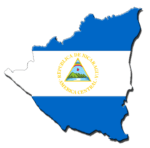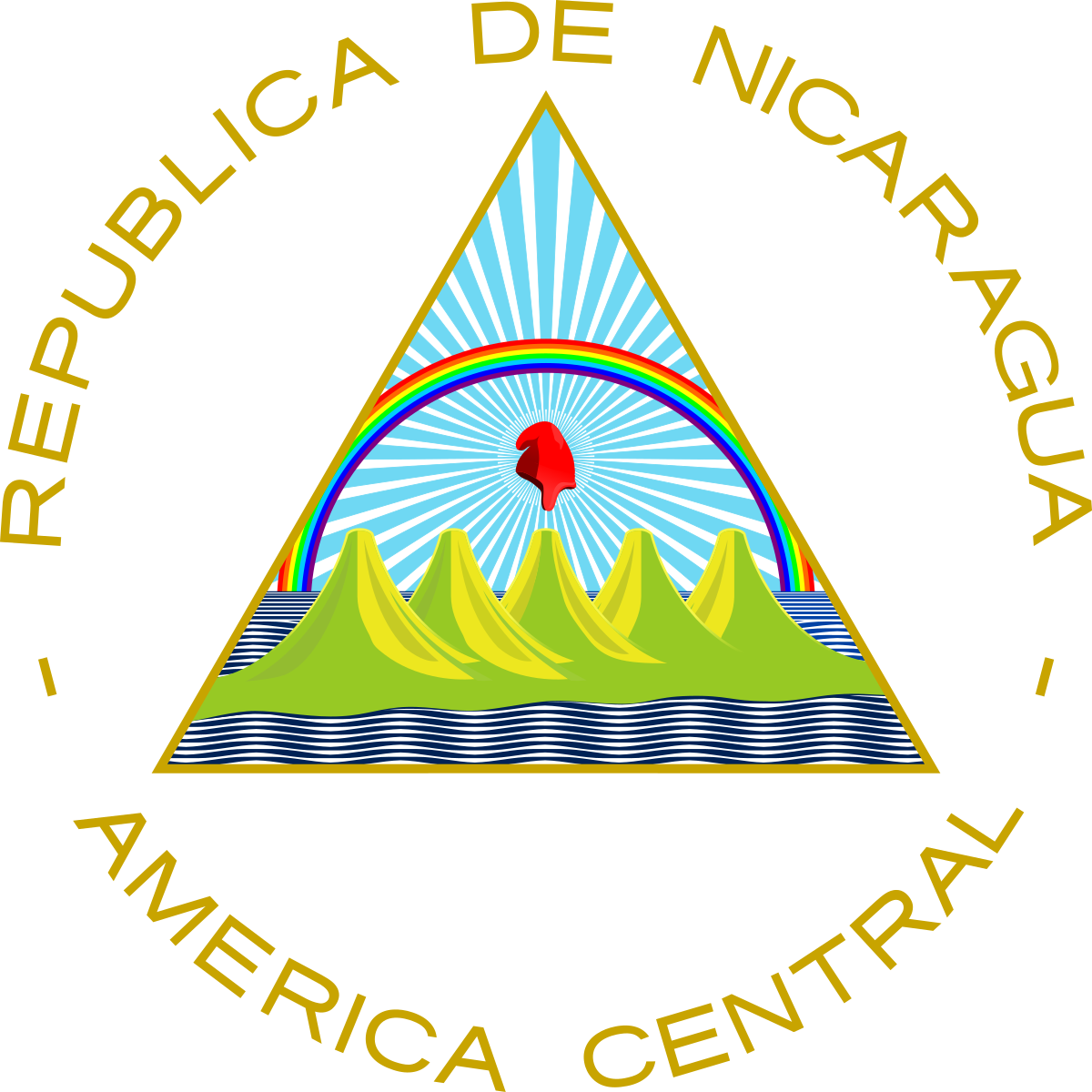Nicaragua: The next Costa Rica??
 What do you think of when I say, Nicaragua? The revolution of the Sandinstas? The war against the Contras? Compared to its northern and southern counterparts, the Isthmo-Columbian area (to include Nicaragua) is not known for its ancient architecture. Fortunately, it’s also not nearly as well known for its homicide rates as its northern neighbors. Check any Instagram or Trover account and you’ll quickly see why it’s becoming a traveler’s destination.
What do you think of when I say, Nicaragua? The revolution of the Sandinstas? The war against the Contras? Compared to its northern and southern counterparts, the Isthmo-Columbian area (to include Nicaragua) is not known for its ancient architecture. Fortunately, it’s also not nearly as well known for its homicide rates as its northern neighbors. Check any Instagram or Trover account and you’ll quickly see why it’s becoming a traveler’s destination.
What to see:
Colonial history:
Two of colonial Spain’s first settlements were founded in 1524 by conquistador Francisco Hernandez de Cordoba.
- Granada: Named after the Spanish city of Granada, it is also known as La Gran Sultana due to its Andalusian style.
- Leon: Capital of Nicaragua for over 200 years, the 12 churches AND a cathedral are just the beginning of an architecture lover’s dream. The original, old-town Leon (Léon viejo) was abandoned in 1610 after a series of earthquakes and/or the eruption of volcano Momotombo. Also a UNESCO world heritage site.
Outdoor adventures:
Also known as the country of lakes and volcanoes, Nicaragua has 19 volcanoes, (4 of which have erupted in the last 15 years, one of which in 2015) two giant lakes, multiple smaller lakes, and 912km of coastline. All this makes for some great adventuring.
- Volcano boarding: Hike up a volcano and jump on a wooden board to ride down the volcano. Awesome.
- Volcano hiking: Lots of guided tours up and down the west coast volcano ridge line.
- Waterfalls, zip lining, mangroves, volcanic islands!
- Lakes: Two of the largest lakes in central America, one of which is home to the fresh water bull shark.
- Surfing: A dozen or so great surf spots dot the Pacific coast.
Eco tourism:
Eco tours and lodges are popping up all over Nicaragua; and with good reason, it’s packed with nature reserves, biological reserves, volcanoes, and lakes. Expect this trend to continue.
- Don’t miss the sea turtles: Two places along Nicaragua’s coast are prolific nesting sites for sea turtles. Season runs September to November.
Coffee:
You had me at… coffee.
Why you’re good to go:
- Since the revolution in 1979, Nicaragua has been making strides to come back as a tourist destination. It also touts itself as one of the safest countries in Central America.
Why things could get shaky:
- Unemployment or underemployment and poverty are the perfect ingredients to ignite theft, robbery or muggings and Nicaragua has all of it. All reports (see below) indicate that robbery and other crimes of opportunity are the biggest threats to tourists.
- Recent elections are flawed. Dictatorship gave way to free and fair elections after the overthrow of the government in 1979. However, outside observers were refused in once the Sandanistas won the presidential elections in 2006. Has there been a fair election since? Most say no.
- A canal project, big enough to allow the supertankers that can’t fit through Panama has been given the green light. The canal will cut across the country, split Nicaragua Lake, threatening the lake’s marine ecosystem, and displace villages, cities and tens of thousands of people. Easy to see why that might cause some unrest.
- Corruption in the government has led to a weakened government and displeased population, sparking anti-government demonstrations which can become violent.
- Freedom of speech? According to the Wall Street Journal, most of the media is run by Ortega through his relatives and supporters. Limiting freedom of speech always endears the populous. (sarcasm)
More security details from US and Brit international services and more:
- Security situation per FCO
- Country profile per US State Dept (Lots of goodies in the safety and security section)
- OSAC crime and safety report
- Nicaragua looks like a sleepy Nebraska town in terms of homicide rates compared to Honduras and Guatemala.
Things to know:
- Emergency numbers:
- Police: 118
- Ambulance: 128
- Tourist emergency number: 101
- Visa requirements: American tourists staying less than 90 days need no visa. There is a $10 entry fee and a $42 exit fee (which may or may not be included in the price of your flight).
- Driving: Driving is not generally considered safe here due to robbery. In fact, getting around may be your biggest challenge as the safety records for the buses and hired cars is quite dismal.
- Details for planned demonstrations can be found on the embassy website. l, double check their emergency messages page as well. Also see my article on demonstrations.
- Dig around on the US embassy in Nicaragua website for more good info.
As always – when traveling:
- Let State know you’ll be in country, enroll in STEP to make it easier for them to contact you should there be an emergency.
- Take U.S. Embassy contact info
- Emergency: (+505) 2252-7104 ask for American Citizen Services Unit
- After hours/weekend emergency: +(505) 2252-7171. After hours services should be limited to life threatening or serious emergencies.
- Address: Km 5 1/2 Carretera Sur, Managua, Nicaragua
- Follow alerts via the State Dept Twitter feed or click Follow @TravelGov
- Let your friends and family in on your travel plans. TripIt offers a great app.
- Travel insurance: In case of emergency, trip cancellation or lost luggage. The concierge service alone is worth it. I’m a huge fan of and have had great success with TravelGuard.
Been to Nicaragua? Share YOUR experience!
For more, check out my Nicaragua ride along to see how I planned MY trip to Nicaragua.
Want more?
If you found this helpful, subscribe for more advice, updates and get our latest content by email.



